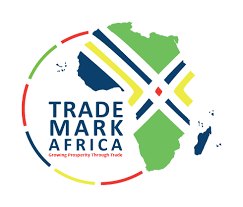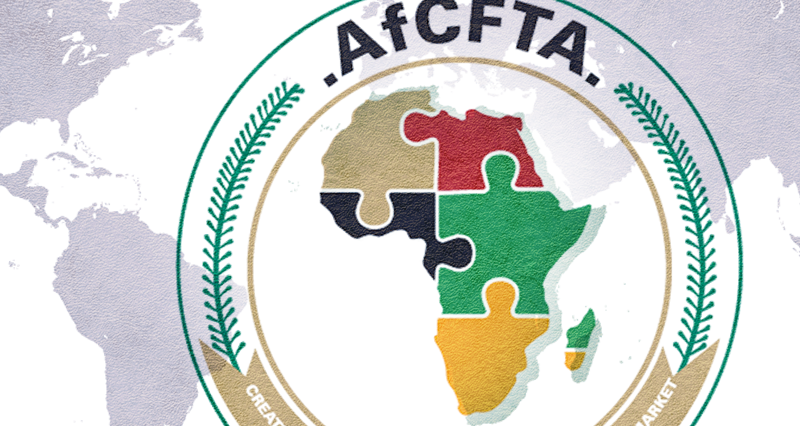Trade among African countries within the African Continental Free Trade Area (AfCFTA) is hampered by inefficient border procedures, complex documentation requirements and the lack of harmonization of regulatory regimes, all of which create major business obstacles, a new report by TradeMark Africa (TMA) says.
The report, titled ‘Trade Facilitation Report: Driving African Trade through Digitalization’, highlights the importance of cutting costs and streamlining processes that are crucial to realizing Africa’s full trade potential. “These barriers diminish the competitiveness of African products and limit the expansion of intra-regional trade and Africa’s integration into global value chains,” it says. AfCFTA, the world’s largest free-trade area which started trading in January 2021, sought to remove barriers to trade and put in place common policies to ease movement of goods and services within the continent. However, the member countries still continue to trade with the rest of the world more than among themselves, the United Nations Economic Commission for Africa (UNECA) says.
According to the TMA report, despite a noticeable improvement in recent year, trade costs in Africa have remained high compared to other world regions. For example, in the decade to 2021, comprehensive trade costs across Africa decreased by 7.3%, with non-tariff costs declining by 2.1%. “Africa faces logistical and regulatory challenges that hinder its economic integration and competitiveness, where the potential for economic growth through improved trade is significant,” says TMA. Confirming this trend are also the data for intra-African trade as a share of global trade that decreased from 14.5% in 2021 to 13.7% in 2022 while intra-African exports as a percentage of total exports fell from 18.22% to 17.89% during the same period.


